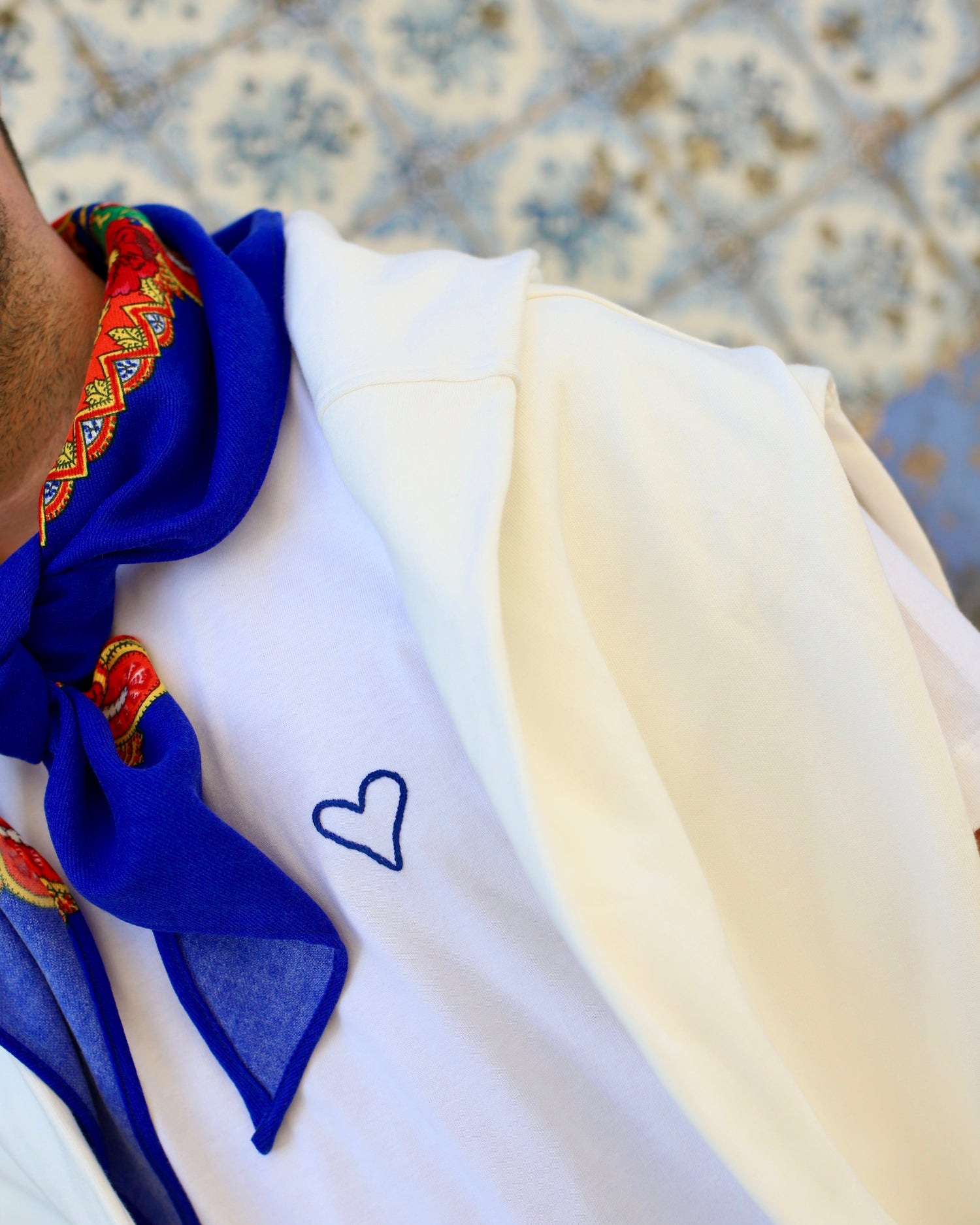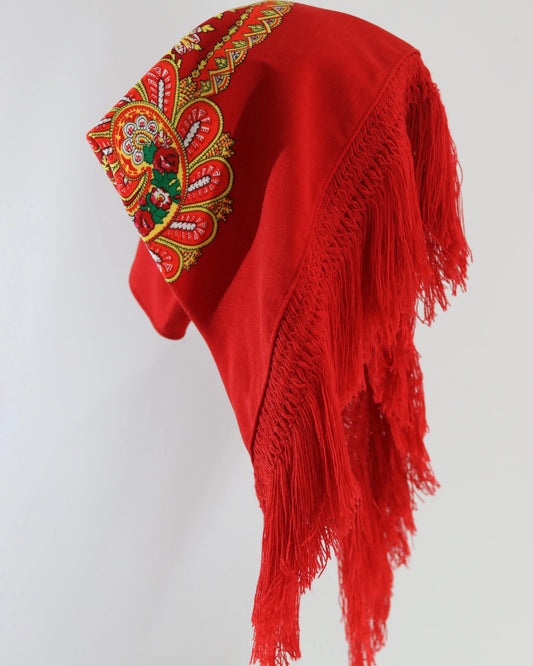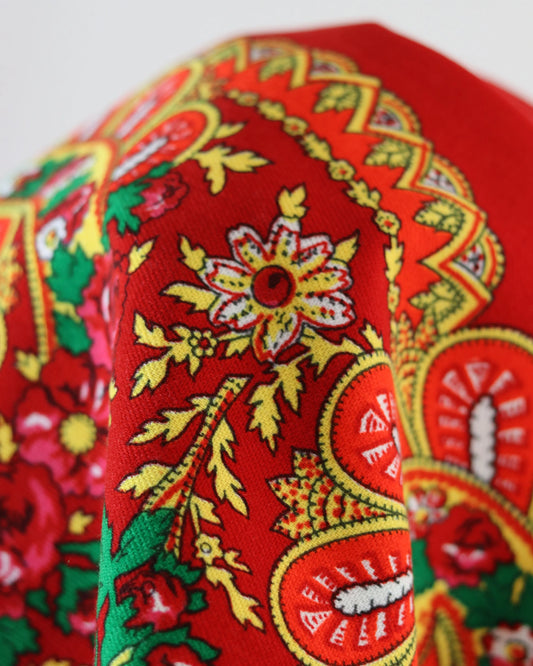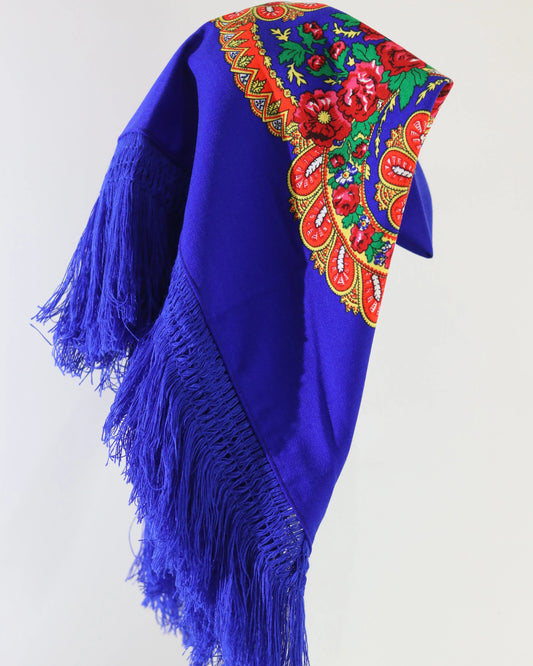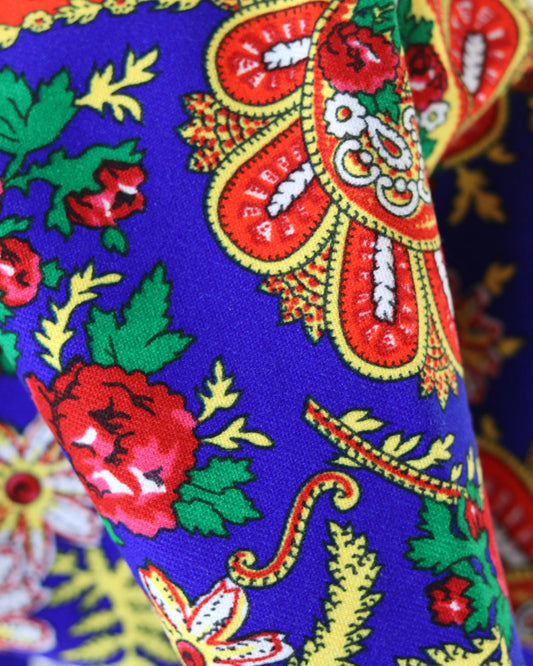Festas d'Agonia: The pilgrimage that unites tradition and modernity
The history of the Festas d'Agonia: how it all began
The Festas d'Agonia are much more than an annual celebration; they reflect the devotion, culture, and traditions that have shaped Viana do Castelo and the Minho region over the centuries. Their origins date back to the 18th century, when fishermen from Viana, seeking divine protection, began to venerate Our Lady of Agony as their patron saint. For an overview of the Festas d'Agonia, see the article Festas d'Agonia: a pilgrimage that unites tradition and modernity .
The origin of devotion
Devotion to Our Lady of Agony arose from the deep connection between fishermen and the sea. Fearful of the storms and dangers they faced on their journeys, seafarers found spiritual comfort in the figure of Our Lady. The first documented reference to this devotion dates back to 1751, with the inauguration of the chapel dedicated to Our Lady of Agony, funded by the Seafarers' Brotherhood.
The evolution of parties
Initially, the celebrations were strictly religious and limited to processions and masses held in honor of the patron saint. However, over time, the festivals incorporated cultural and popular elements, transforming into a manifestation that today unites faith, tradition, and joy.
In 1783, one of the most symbolic moments of the festival began: the procession to the sea and the river , where richly decorated fishing boats carry the image of Our Lady on a journey along the Lima River and coastal waters. This act, besides being a demonstration of faith, represents the inseparable bond between the community and the sea. Learn more about this event in the article Processions and religious acts: the heart of the pilgrimage .
From religious to popular
The transition to a more comprehensive celebration occurred in the 19th century, when the Festas d'Agonia began to include cultural events such as floral carpets and costume parties . These elements brought a new dimension to the festivities, attracting increasing numbers of visitors and solidifying the festivals as a landmark in Portuguese culture. To learn more, see Floral Carpets: Ephemeral Art that Charms Viana and Vianesa Costumes: Symbol of Elegance and Identity .
National and international recognition
During the 20th century, the Festas d'Agonia gained notoriety in Portugal and abroad. They became a meeting point for the Portuguese diaspora, especially for Minhotos scattered around the world, who see the pilgrimage as an opportunity to reconnect with their roots.
In 2013, the event was declared Intangible Cultural Heritage of Municipal Interest , reinforcing the importance of preserving and promoting the traditions associated with the pilgrimage.
A living legacy
Today, the Festas d'Agonia continue to evolve, remaining true to their religious origins while embracing modernity. Each year, thousands of people gather in Viana do Castelo to celebrate this unique pilgrimage, which is both a tribute to Our Lady of Agony and an affirmation of Minho's cultural identity.
Learn more about the elements that make up these iconic festivals in articles like Music and Entertainment: The Soundtrack of the Festas d'Agonia and Gastronomic Pilgrimage: The Flavors of the Festas d'Agonia . If you're planning a visit, don't miss our guide: Visiting Viana during the Festas d'Agonia: An Unforgettable Itinerary .



